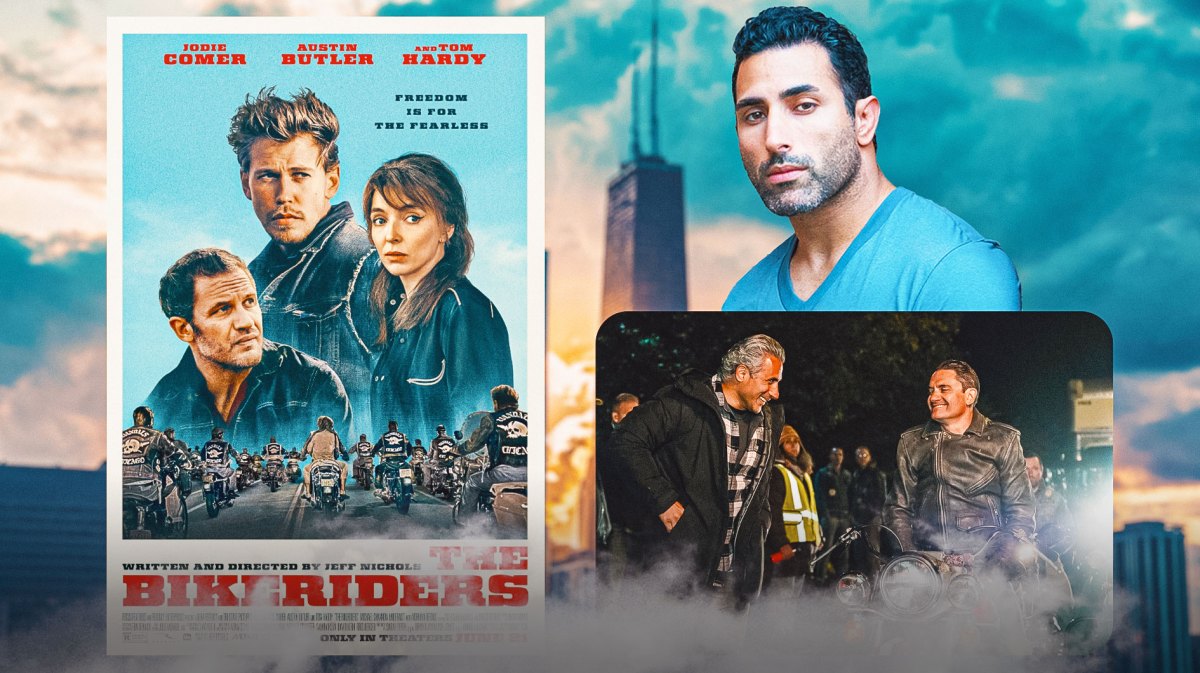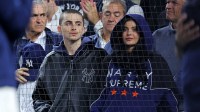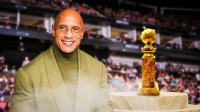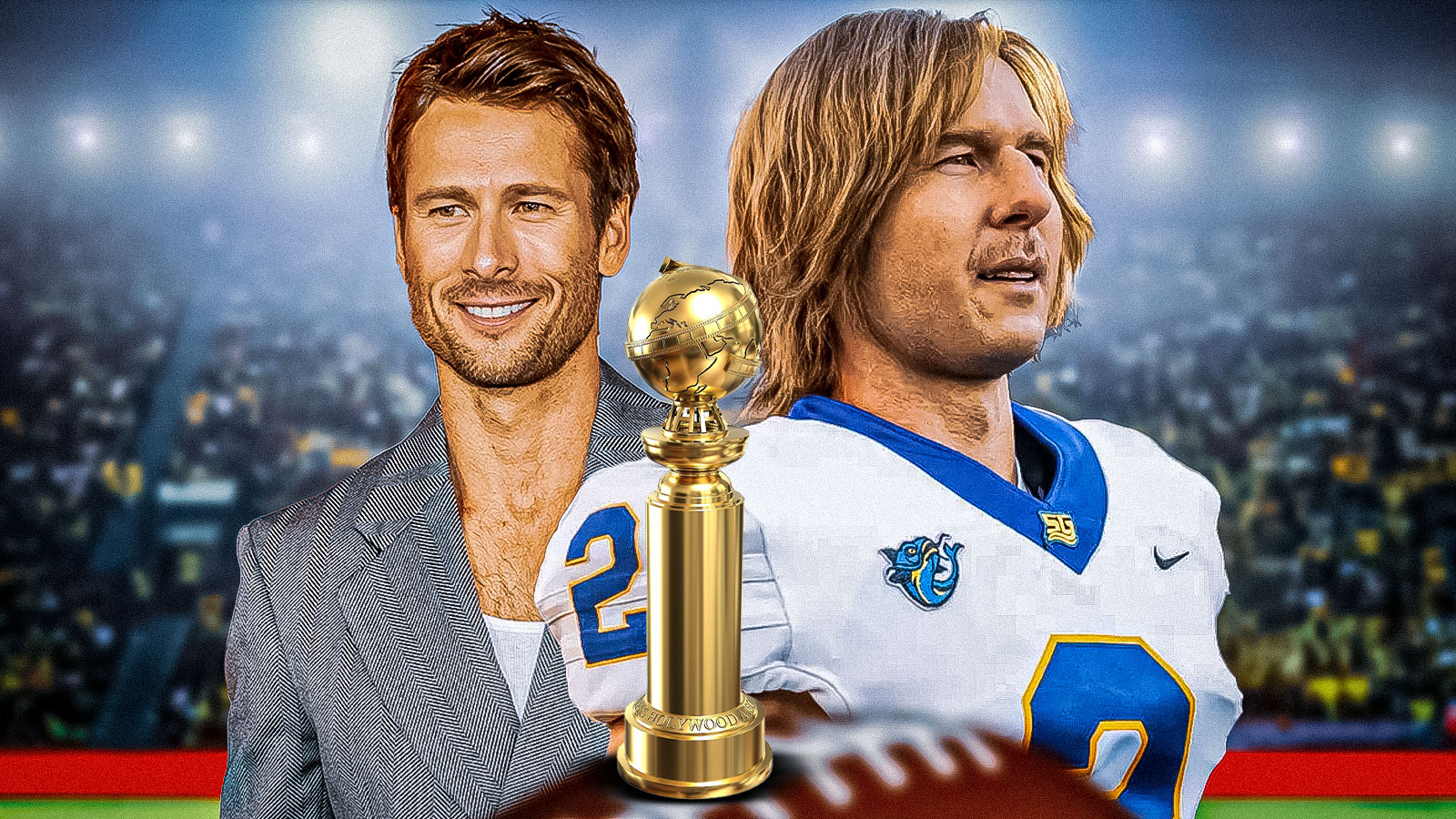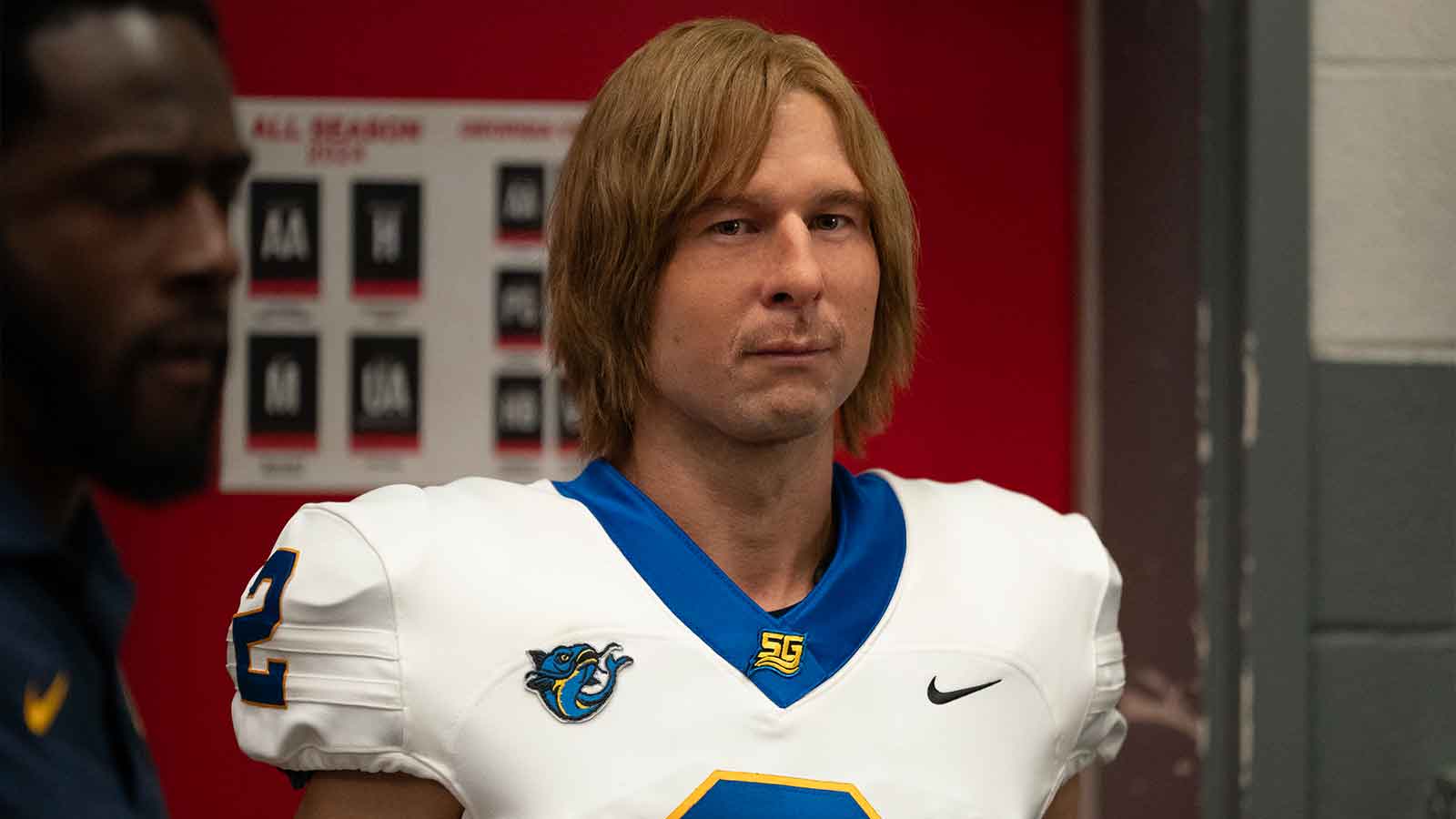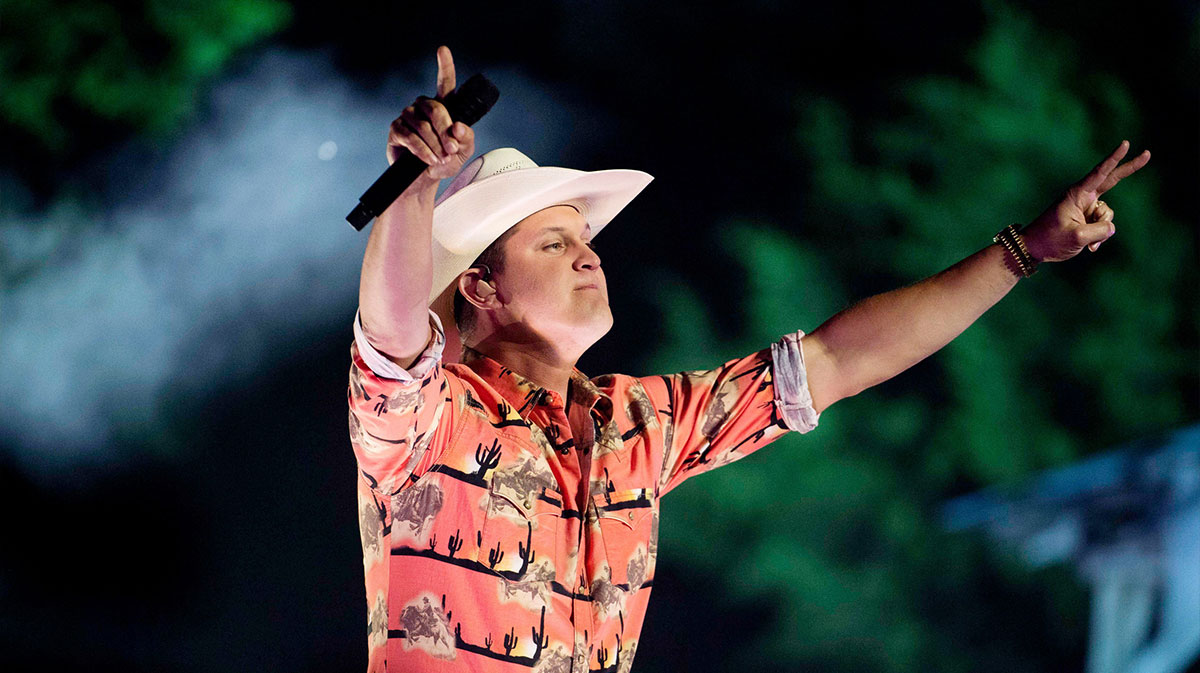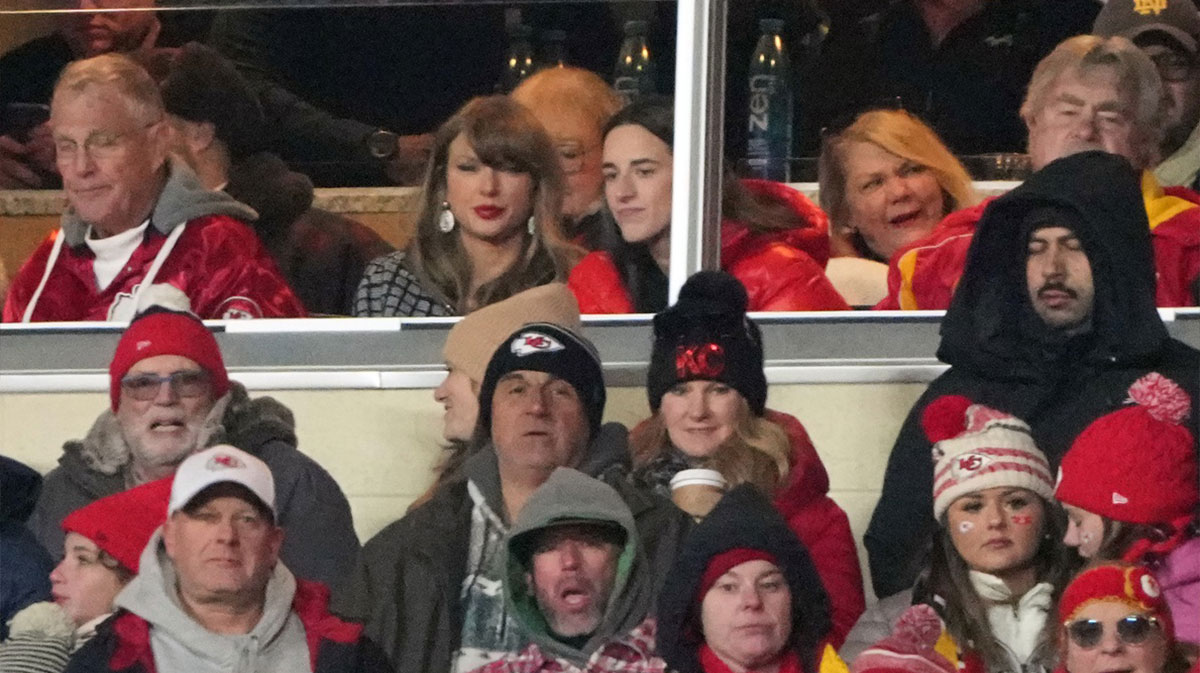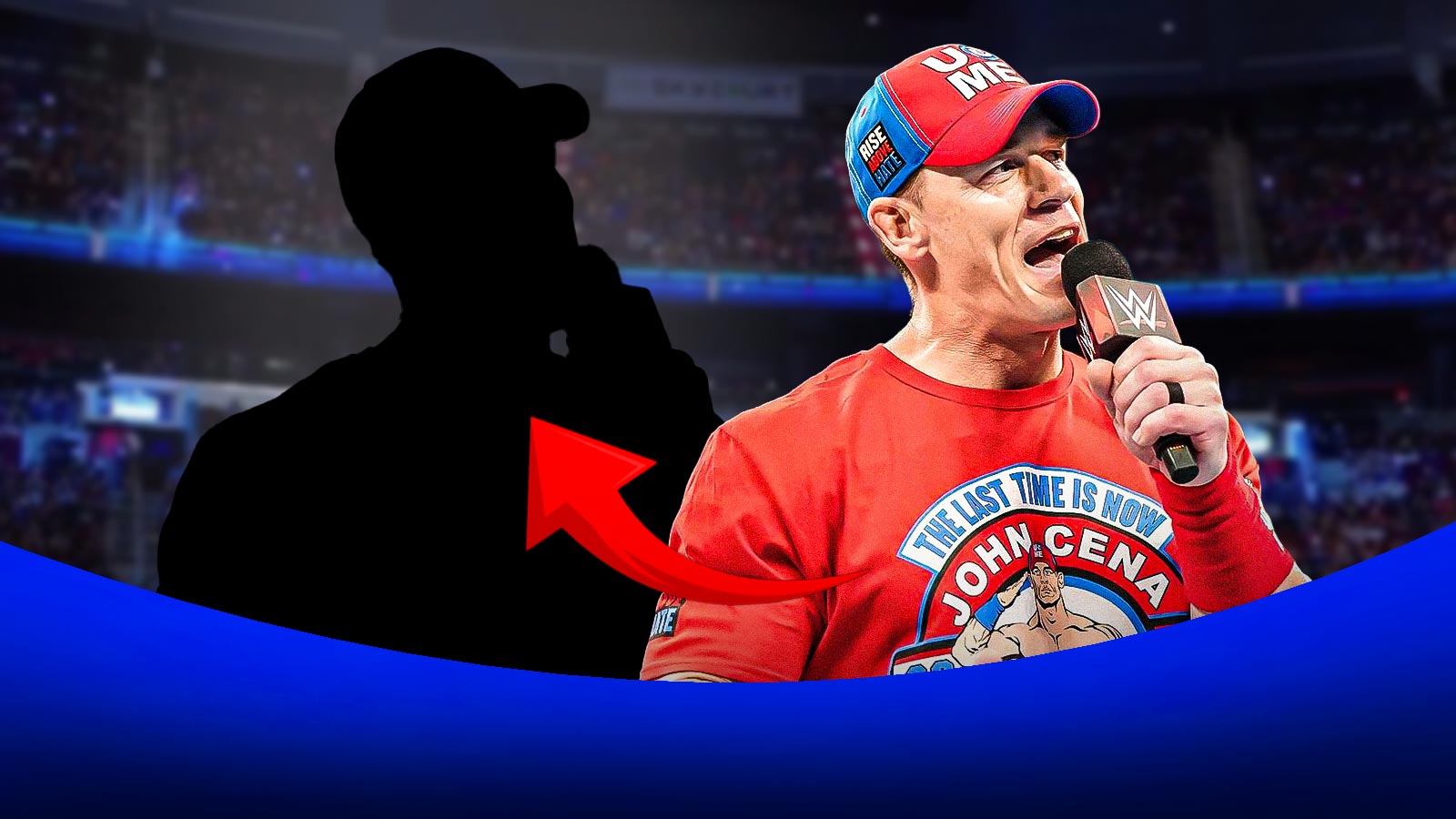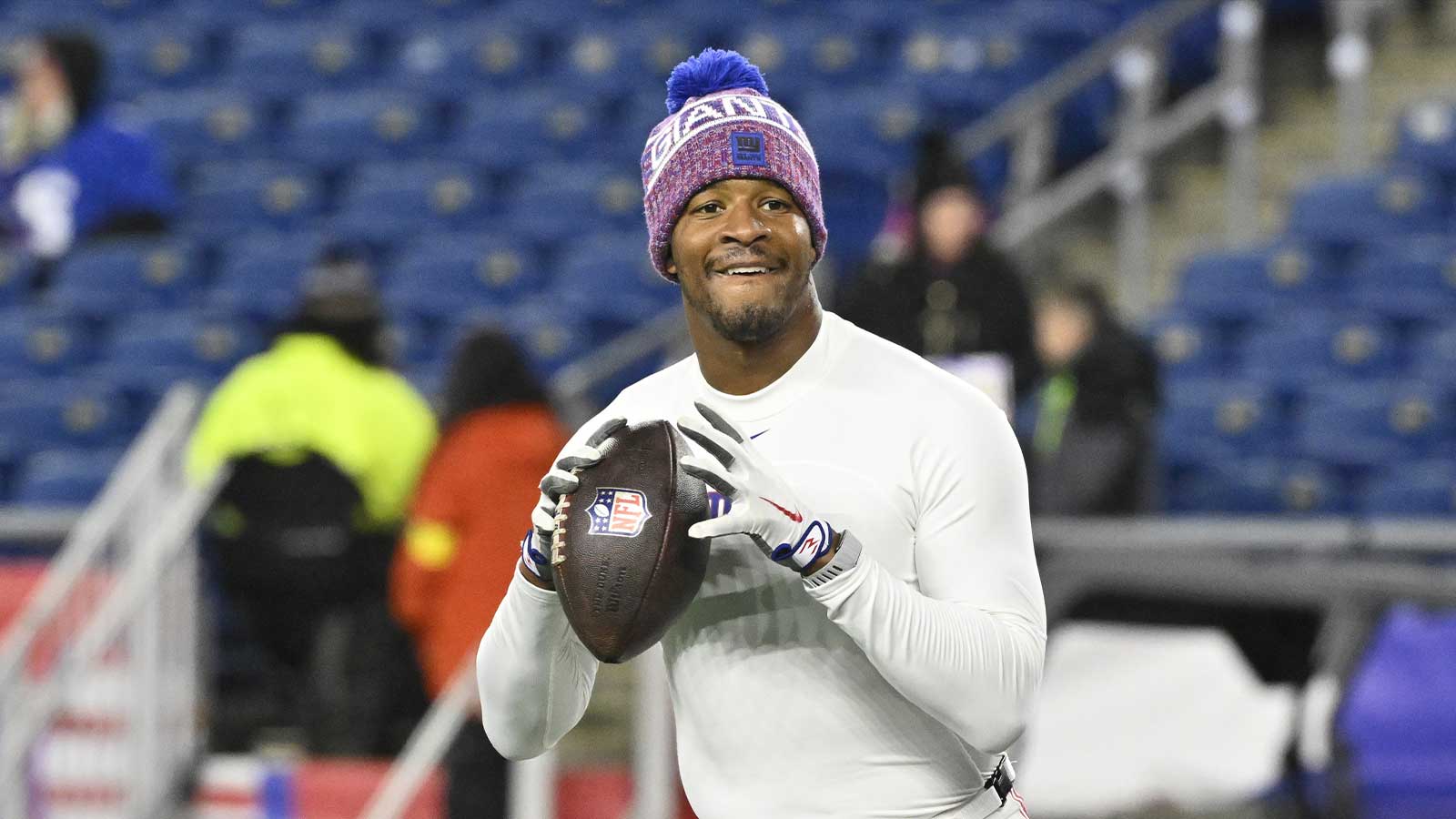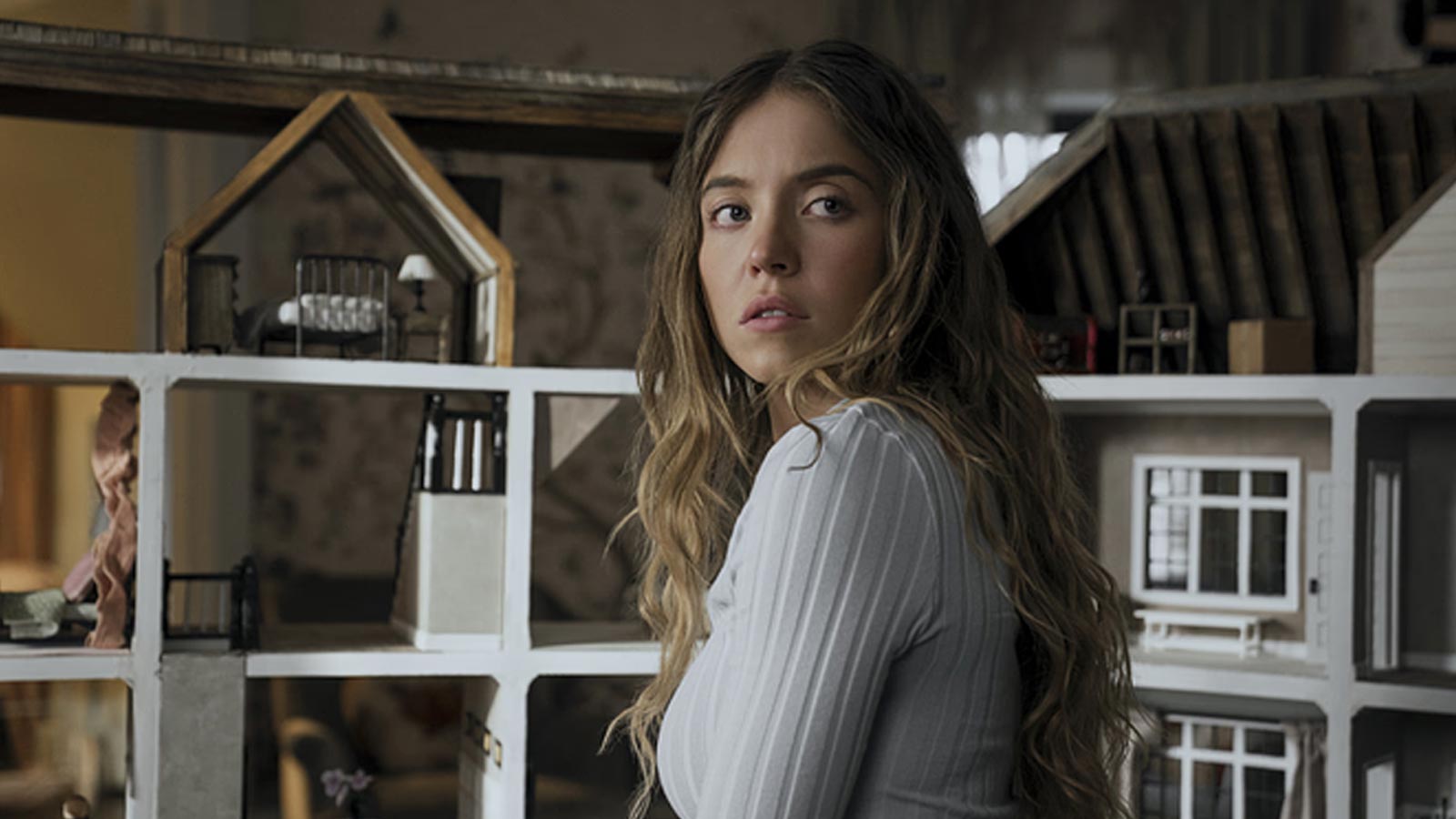Clutchpoints spoke with Freddie Poole, the stunt coordinator and second unit director of The Bikeriders, starring Austin Butler and Tom Hardy. He also served in those roles for Paramount+'s Tulsa King starring Sylvester Stallone. Poole has been the actor's long-standing collaborator, having been his lead double on all his projects in the last 12 years. His work on Tulsa King earned Poole his first Emmy nomination for Outstanding Stunt Coordination.
His previous credits include The CW's Tom Swift, Amazon Studios' Emergency starring Sabrina Carpenter, Paramount+'s The Game, Black Adam, The Suicide Squad, The Walking Dead, Logan, Creed II, Marvel's Ant-Man and Agents of S.H.I.E.L.D., Brooklyn Nine-Nine, G.I. Joe: Retaliation, Ride Along 2 and Bad Boys for Life. Poole's legacy continues in his son and daughter who are also stunt performers.
His most recent work, The Bikeriders, was written and directed by Jeff Nichols and inspired by Danny Lyons' photo book of the same name about the Outlaws Motorcycle Club.
In the film, the club is called the Vandals led by their leader Johnny (Hardy) and his brothers in arms Benny (Butler) and Zipco (Michael Shannon). The film also stars Jodie Comer, Mike Faist and Norman Reedus. The film is currently certified fresh on Rotten Tomatoes with an 81% on the Tomatometer and a 74% audience rating.
Taking the first step, then the next
Clutchpoints: How did you get started as a stunt coordinator?
Freddie Poole: I have an almost 30-year career now as a stuntman. So that's the normal progression [of] one's career, you know, for longevity purposes is to eventually transition to a stunt coordinator.
I started out as a stuntman and actually didn't really have stunt coordinating on the radar until one of my mentors put it in my head. And he just told me, “Hey, look, you know, you're ready to take the next step.” And I was kind of surprised by that. And I said, “Oh, okay. If you think so.” And he said, “No, you definitely are. You've been doing this long enough.” So that's kind of what led to becoming a stunt coordinator.
I knew I wanted to be involved in show business, I just didn't know which route. But having an athletic background of a martial arts background really got my foot in the door. I started on a show called Walker Texas Ranger with Chuck Norris. That was my beginning. And I was very fortunate to have a certain skill set that they needed on that show. And that's really where I networked and met so so many talented professionals in the industry.
Stunt performers, stunt doubles, mentors in the business, all these guys, even some of the stunt guys and stunt doubles have gone on to have great careers as stunt coordinators and second unit directors and even now directors. [I'm] so very fortunate. I've worked on the show for seven years and very close with the Norris family. They're very close to me and I give them a lot of credit for all the success I've had in my career. Really, that show was the foundation for it all.
Choreographing a brawl
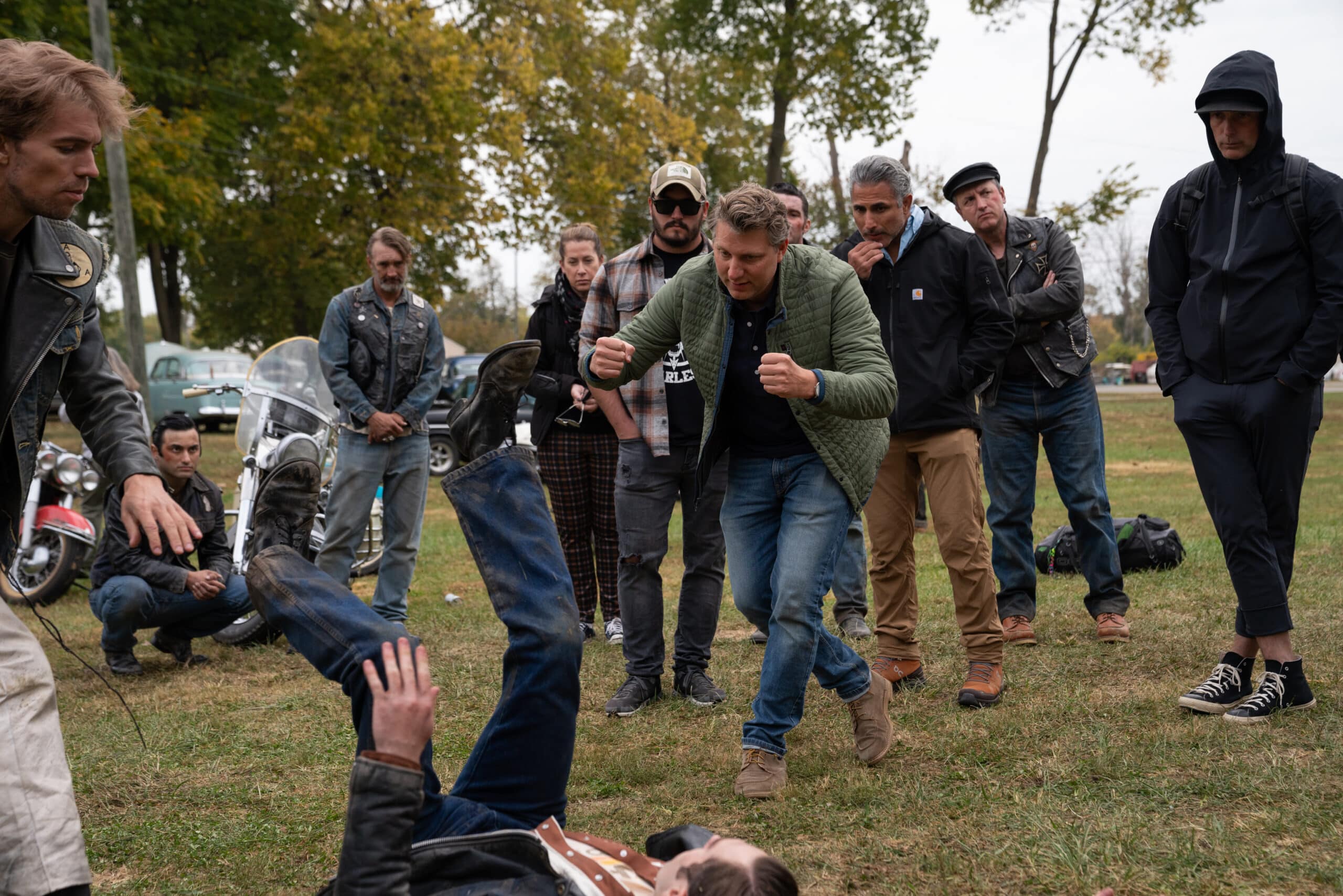
CP: How do you choreograph a fight scene to make it look like a brawl? How different is it from a fight scene where the audience knows that all the players have a background in fighting, for example, warriors, soldiers, etc.?
FP: It's very different because as I said before, I have a martial arts background, so everything is technical. And a lot of fight scenes and action sequences you see are very technical. But we've had to just figure out how to take the technique out of it, but still make it look real, make it look like a brawl, a street fight, so to speak.
And that's actually, in my opinion, more challenging because you still have to be precise with some of your moves for things to sell, for camera. Because it's all a cheat for the camera; we're not really making contact especially when we have actors involved in things of that nature.
But it is something that takes a little bit of time and we really just have to pay attention to the details of how to design the action, shoot the action. We do what's called a pre-viz — pre-visualization — where we take the fights and we choreograph it. I'll bring a stunt team in and we shoot it, edit it and then present it to the director, the cast and producers.
They all will watch it. And basically we go, “Look, this is how this fight scene could potentially look.” And if you do it right, you do a good job, you'd lay the foundation of the actual shoot day.
But it is a challenge because the brawls are messy. They're violent, they're messy, they're raw, they're gritty. These are all the sort of labels and adjectives you use to describe the types of fights we're trying to choreograph. For Bikeriders, we did a really good job of showcasing that.
CP: How do you give instructions to actors when it comes to a brawl scene? As you said, you take the technique out of it, no martial arts involved.
FP: It's really about the timing of their reactions and if you have an individual — one who can perform and Austin Butler is actually an amazing performer. He's a wonderful actor, but his physicality is something I really took note of. He's really physical and he wants to do it. He likes to do it. And he listens and that's something that's really helpful from my perspective because then all I have to do is make little notes or little changes just to help sell things.
Now the other thing we did in that scene — because it's a very violent scene — the two brothers that we cast to beat up Benny, Austin's character — they were actually stunt actors. I sat down with Jeff Nichols early on in prep and I said, “Look, we have so much action going on with motorcycles and fights and things of that nature that it would be really helpful and beneficial if we use stunt actors.”
That way we don't have to break the flow of things. Because Austin is a good performer; now I know I can rely on my stunt guys as long as they have the acting chops to perform. And we don't have to break the flow and use doubles. We only used the stunt double for one part of that sequence. And Austin did everything, pretty much.
CP: Was it a difficult transition for him having done Dune and an extensive fight scene there which required martial arts training to now do a fight scene that didn't require that?
FP: I think if you can perform, you can acclimate to whatever you're asked to do. And Austin is a very good physical performer. We actually talked about that — some of the stuff that he did on Dune. I told him that this is going to be a very different process. But he was game, he was ready for it. And again, as we got through the choreography and went through things, he really took to it very quickly. So it was an easy transition.
The Bikeriders: vintage or modern?
CP: What was stunt training like on vintage motorcycles?
FP: The vintage bikes — they're big, heavy pieces of machinery. They operate so much differently: the braking and throttle systems are different. Sometimes the shifting mechanism is different if you have a tank shift or what they call a suicide shift, which is a hand shift. It takes time to get used to those bikes.
They're not like the modern bikes. And that was something that our director, Jeff Nichols, wanted to be as authentic as possible. And it started with the motorcycles. The motorcycles were all vintage motorcycles from the '40s, '50s, '60s, kick starts.
It was definitely challenging in the beginning to figure out how to get our talent comfortable on these bikes, how to keep them safe, how to work around some of the shots if we didn't have to use the vintage bikes all the time, especially with tight close-ups. We definitely had our work cut out for us.
CP: Did you have to jerry-rig a camera rig for the old bikes?
FP: They were cheats for the close-ups. Our grip team figured out what worked best. For close-ups where we don't see the handlebars, that made things easier. But we had “bucks,” so we had a stunt guy operating the actual bike and then your talent is just sitting on a motorcycle frame where it looks like they were actually riding the motorcycle. That was the safest way we found to shoot the close-ups.
For safety purposes, we do use the double. But in this case, we worked very closely with our insurance company. Our insurance person was side-by-side with our stunt team. At the end of the day, our job is to commit to the director's vision and see it through, as safely as possible. It's a collaborative effort. I feel very fortunate that we came away unscathed.
CP: What's one stunt that you've seen that you wish you could have done or coordinate?
FP: There's so many. But Gangs of London is one of my favorite shows. It's not one particular stunt since they have lots of amazing stunts and gags. What I know is that they treat the show like a movie in the sense that there's so much time to prep. Because television is so different from features and movies. They [usually] give you a very short amount of time to prep and then you're on a schedule and you have to hit that timeline so you don't have as much time as you do on a feature.
And then, of course, John Wick or The Fall Guy. The Fall Guy, they pretty much had every stunt imaginable. I think they didn't have anything on horses, but I feel like everything else they did. So to be on a project like that and to coordinate something like that where you literally have every type of stunt involved would be epic to do.
On the Oscars stunt category
CP: The Fall Guy has been credited to really push for an Academy Award for stunt work. And the Academy is seriously thinking about adding categories for stunt work, so which movies or sequences would you nominate?
FP: I would definitely nominate The Fall Guy. That cannon roll is already a world record. That's a huge feat. But a movie like that definitely deserves at least a nomination simply because of everything they accomplished on the action side of things.
CP: Do you have suggestions for categories?
You could literally expand it to every type of stunt: hardest hit, best fight, best high fall, best rigging… so many different categories. But for major categories: Best Stunt Design. Chris O'Hara is the stunt designer for The Fall Guy. Best Action Sequence, instead of just focusing on one type of stunt, versus just specific. Best Rigging because that's such an intricate part of what we do. It's very technical; it's math, taking measurements of height and distance and time and speed. A lot of calculations.
CP: What would you nominate as the best hard hit?
FP: If you look at John Wick 4, there was a pretty gnarly stair fall gag. There's a couple in there. In the beginning of the film, when they raid the hotel, there's a pretty hard stair fall that's down an escalator. That's what I would nominate for hardest hit.
The story is king
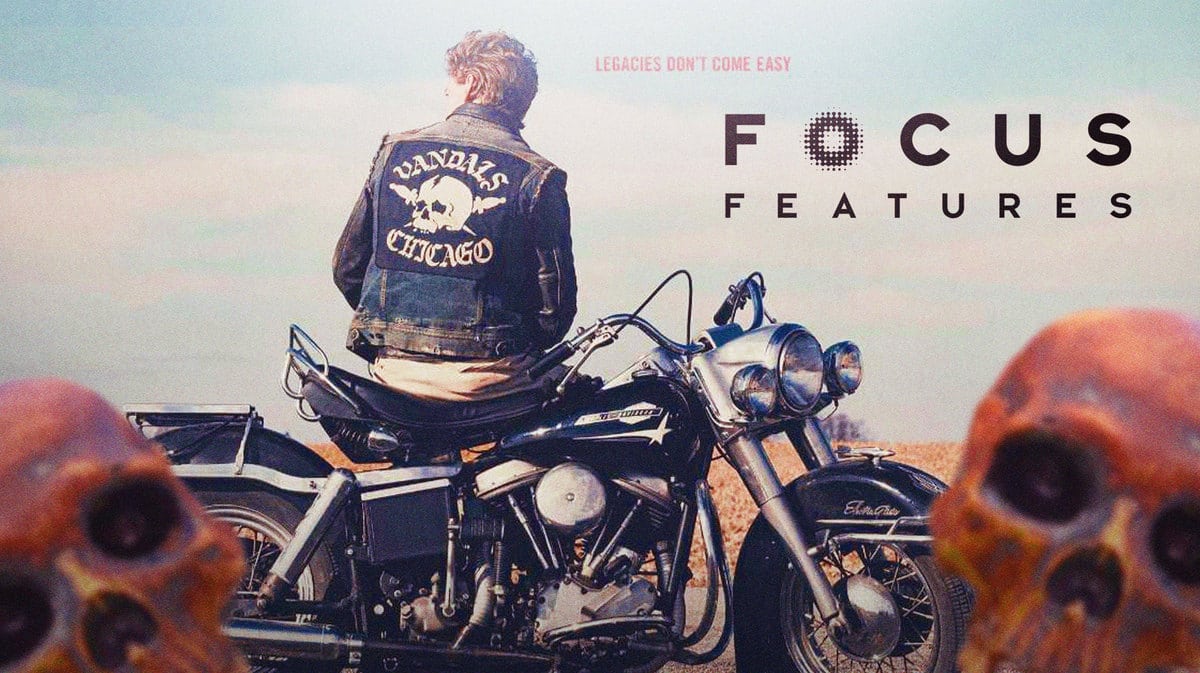
CP: What makes a good fight sequence?
FP: First and foremost is story. Because when you watch your actors, you're watching a story. They're delivering story with action. You're replacing words with punches and kicks and throws. Because in my mind, moves are interchangeable. You can cross or an uppercut or a cool-looking punch, but none of it really matters, but the reality is what story are you trying to tell within that action.
And that to me is what separates a good fight sequence. Of course, your move has to flow. You don't want it to look choppy and out of order. That comes down to performance. The actors have to sell the punches and the hits. But it's what they do in between those — Are they in pain? Are they winning? Are they losing? You should be able to tell that story and the audience should be able to see it.
CP: What's the best fight sequence for you in service of a story?
FP: I love the big biker brawl in The Bikeriders. I think it tells a lot of story there. You have these two clubs going at it. Michael Shannon's character is quite funny in that scene. He wasn't really getting in there. He was just walking through the crowd. His character is just drinking. He has such a presence.
And he's a large man so anyone who crosses him, he would just take them out or shove them out of his way. It was kind of a small comedic moment.
Tom Hardy, he's the leader and you see that in this fight because as the fight starts, he's not the one who starts it. But then he's [like], “Okay, we're gonna do this.” And they start fighting. And as it escalates, he's the one who steps in and goes, “Hold on, this has gone too far.” And Benny's the wild, untamable mustang in the film… So all these little stories that are told in one fight sequence.
CP: What's the one thing in a fight scene takes you out of the story?
FP: If I see egg on someone's face. What I mean by that is if I get hit and I just look like I'm waiting and the camera's on me and I look like I'm waiting to get hit again, there's no emotion.
I'm not selling the story. I call it “playing the pain.” Play the pain, getting hit hurts. Because that tells part of the story. When I see performers with egg on their face, that really takes me out of the moment. I wanna be in that moment with you, I wanna live in that moment with you so play the pain. I've said this on set and it really clues people in. As soon as I say that phrase, they dial in.
The Bikeriders gotta play the pain
CP: What's the best “play the pain” you've seen so far?
FP: I would say John Wick. How much pain can he take? He played the pain very well and he keeps coming back. Keanu Reeves' performance is just amazing. And you can pick any of the four. But my favorite is the first one, but his performance is pretty amazing throughout all four.
And that version of playing the pain, he does very well. But again, you have to give him credit because you look at all the time he spent preparing for the role. There are a lot of videos of him training, the guy really just immerses himself in the character and it shows in the product.
CP: If you could design a dream sequence that you would perform, what would it look like?
FP: My dream fight sequence… I've worked with Chuck Norris, Sylvester Stallone so it's hard to say. But one of my favorite action scenes is one we just shot from season two of Tulsa King: a big fight scene with Dwight (Stallone) and his crew against a Chinese gang. Lots of big hits in this one and I also doubled Stallone as well as 2nd unit directed.
For movies, The Raid. Very well done, the performances, all the action not just the fight. It's high-level stuff.
The Bikeriders is in theaters.

